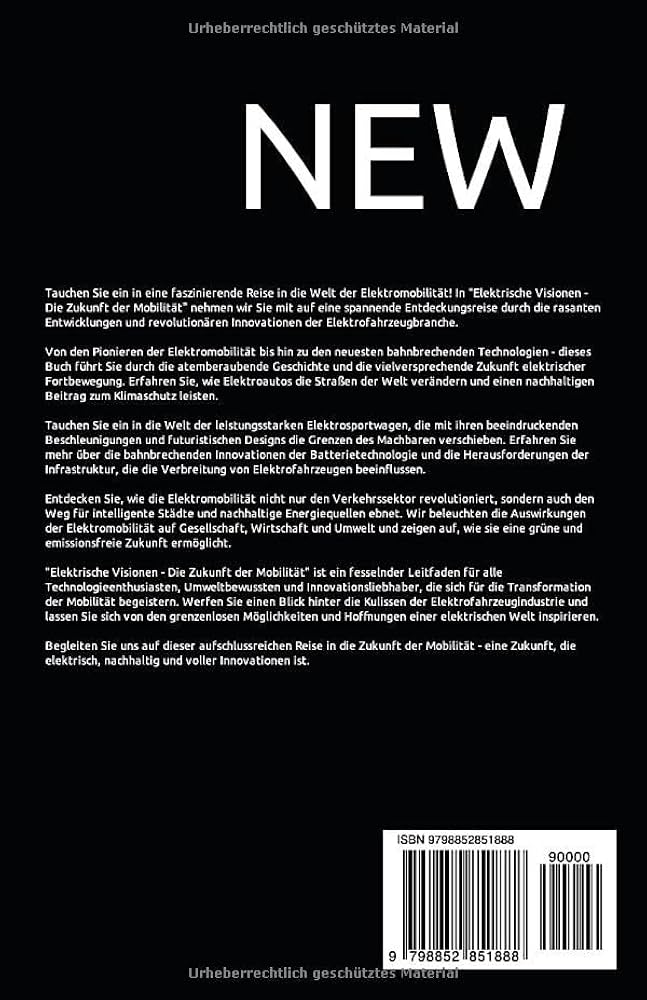UK House Prices: A Mixed Bag
The latest data from Nationwide Building Society reveals that UK house prices rose by 0.2% month on month to £266,604 in June, with the annual growth rate increasing from 1.3% in May to 1.5% in June. While this may seem like a positive trend, the housing market activity has remained relatively flat over the past year, with the total number of transactions down approximately 15% compared to 2019 levels.
UK house prices rose by 0.2% month on month to £266,604 in June.
Despite the increase in house prices, the market is still facing challenges. The interest rate on a five-year fixed rate mortgage for a borrower with a 25% deposit has increased from 1.3% in late 2021 to around 4.7% in recent months. This has made housing affordability stretched, with a borrower earning the average UK income buying a typical first-time buyer property with a 20% deposit having a monthly mortgage payment equivalent to 37% of take-home pay.
“For example, the interest rate on a five-year fixed rate mortgage for a borrower with a 25% deposit was 1.3% in late 2021, but, in recent months, this has been nearer to 4.7%,” said Robert Gardner, chief economist at Nationwide Building Society.
The regional house price indices for the second quarter of 2024 show a mixed picture. Northern Ireland was the best performing area with prices up 4.1% compared to Q2 2023. In England, overall prices increased by 0.6%, while Wales and Scotland both saw a 1.4% year-on-year rise. Northern England, including North, North West, Yorkshire and the Humber, East Midlands, and West Midlands, outperformed southern England with a 2.4% year-on-year increase.
Regional house price indices for the second quarter of 2024 show a mixed picture.
In contrast, southern England, comprising South West, Outer South East, Outer Metropolitan, London, and East Anglia, saw a 0.3% year-on-year fall, the same as the previous quarter. London was the best performing southern region with annual price growth at 1.6%, while East Anglia was the weakest, with prices down 1.8% year-on-year.
The future of the housing market is uncertain, with the Bank of England’s decision to hold interest rates again 1 and the upcoming general election 2 likely to impact the market. However, some experts believe that the market is heading in the right direction, with prices showing resilience and activity levels set to increase.
“The latest house price figures provide concrete evidence that the market is very much heading in the right direction,” added Marc von Grundherr, director of lettings and sales agency Benham and Reeves.















